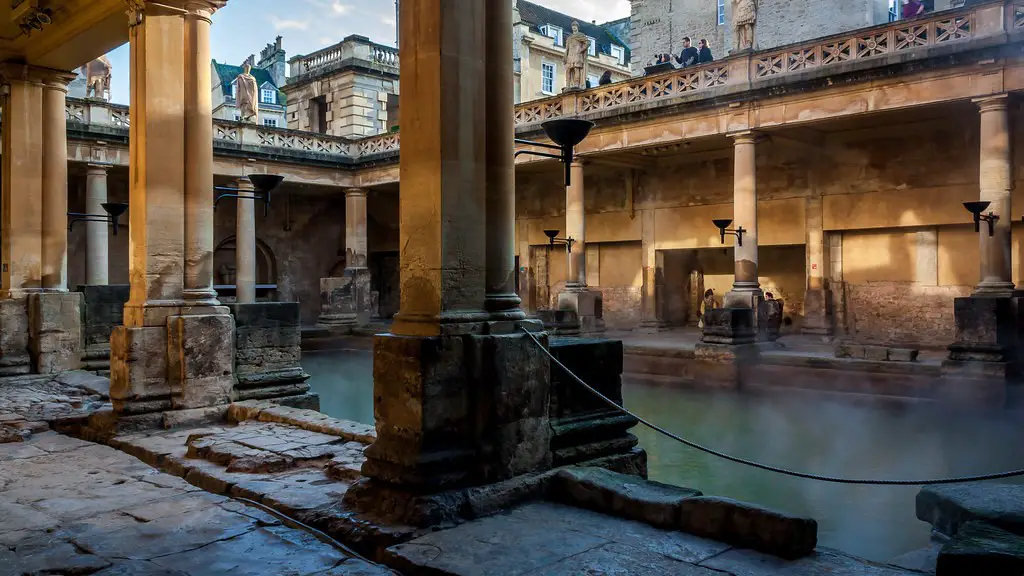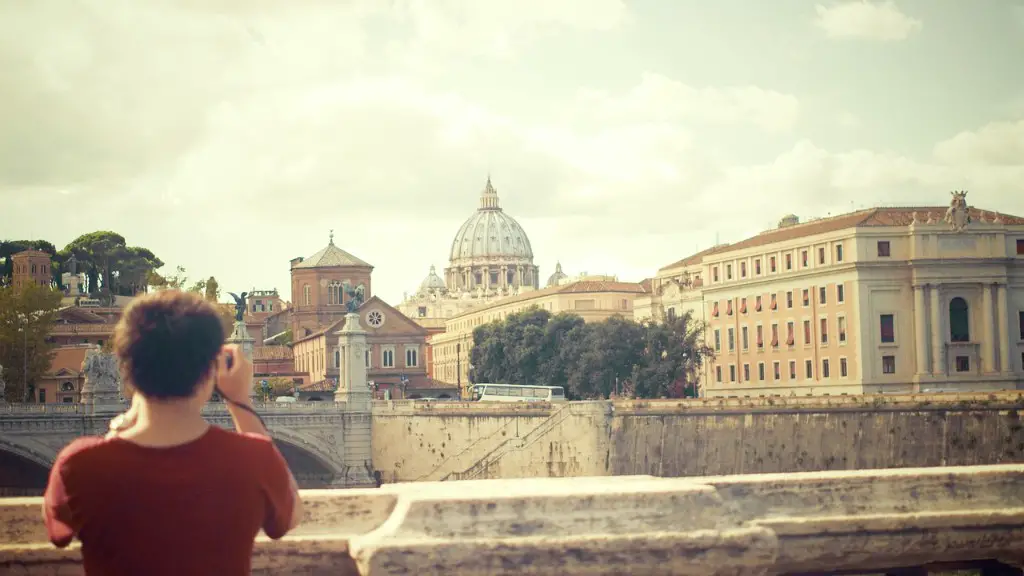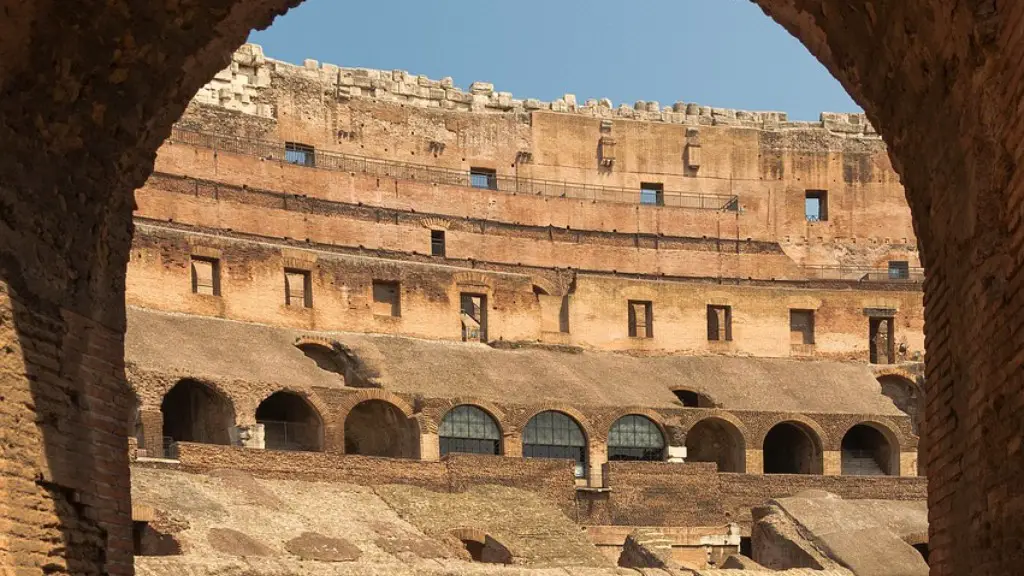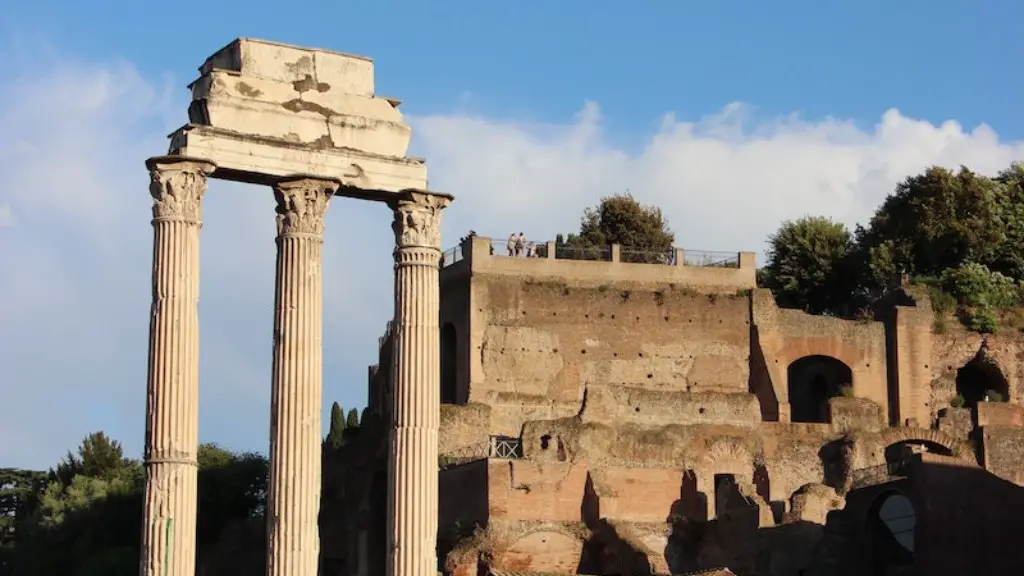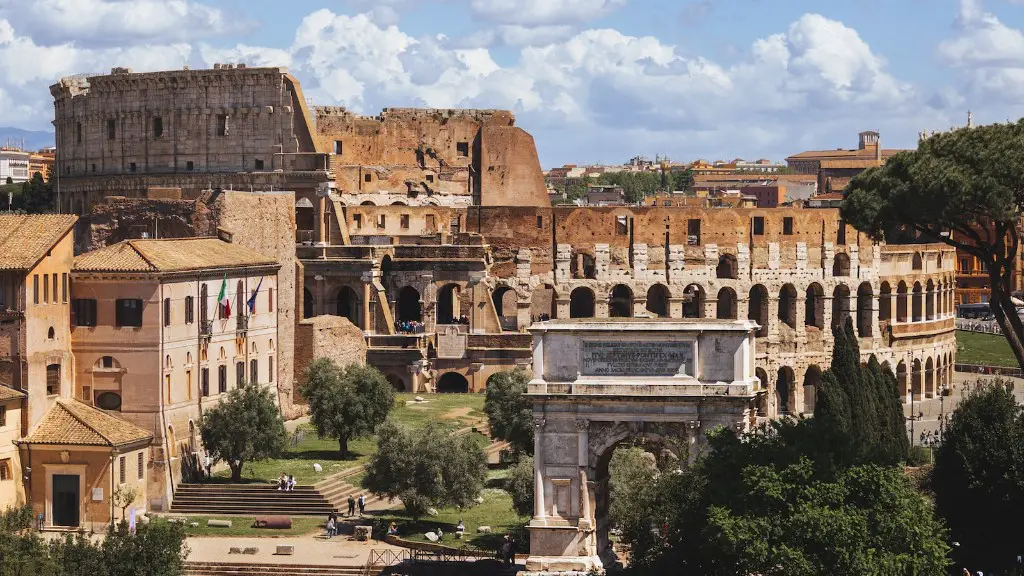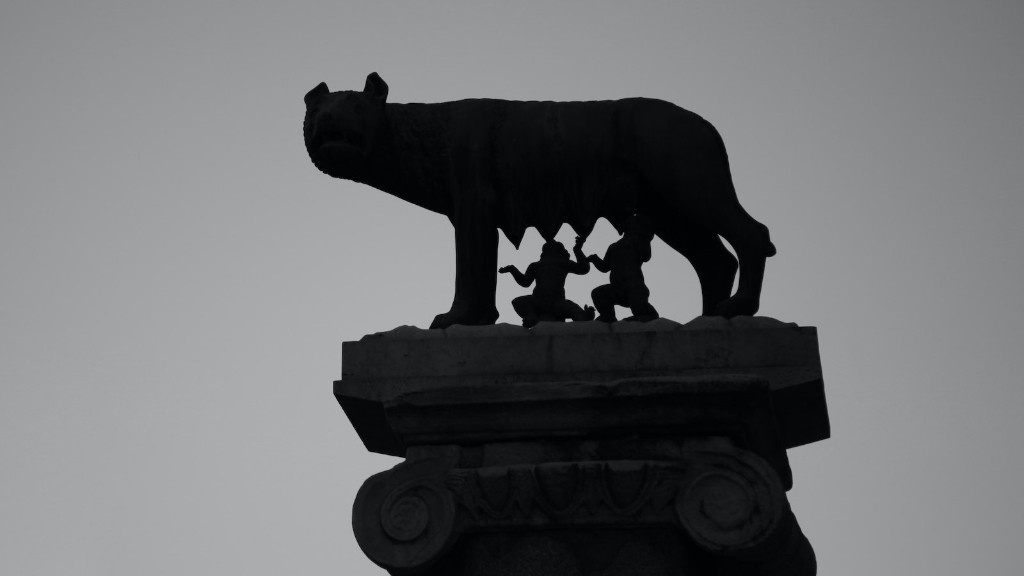Welcome to a discussion on ancient Rome art. This art encompasses a wide range of mediums and styles, all used to express the culture of ancient Rome. From the grandiose sculptures of public Roman baths to the delicate mosaics of private residences, each work of art sheds light on a different aspect of Roman life. Join us as we explore the various forms of ancient Rome art and what they can tell us about the people who created them.
Ancient Roman art refers to the art produced in the territory of the Roman Empire from about the 4th century BC to the 5th century AD. It includes the art of the city of Rome, which had its origins in the art of the Etruscans, as well as the art of the provinces and of the peoples who came under Roman rule.
What is Rome’s art?
Roman art is a vast and varied field that can be roughly divided into two categories: public art and private art. Public art includes things like monuments, fountains, and altars, while private art encompasses things like paintings, sculptures, and mosaics.
Roman art is often characterized by its realism and its use of perspective. Roman artists were also skilled at creating a sense of movement and action in their work, which can be seen in paintings and sculptures of battle scenes or sporting events.
Roman art was produced in a number of different regions throughout the empire, including Rome itself, Greece, North Africa, and Spain. Roman artists borrowed heavily from the art of the cultures they came into contact with, resulting in a rich and diverse body of work.
Classicizing elements are those that are inspired by or imitate the style of ancient Greek art. This can include features like smooth lines, elegant drapery, idealized nude bodies, and balanced proportions. Augustus and the Julio-Claudian dynasty were particularly fond of using Classical elements in their own art.
Why is Ancient Rome art important
Roman art is one of the most influential artistic traditions in the world. The Roman tradition of copying classical Greek sculptures helped preserve an important artistic movement that ended up shaping the rest of the art world. Roman art is characterized by its realism and its use of perspective, which were both significant influences on the Renaissance and later artistic movements.
Roman art was heavily influenced by the Greeks and often consisted of copies of Greek artwork. However, Roman art also had a wide range of mediums, including coin art, fine jewelry, metalwork, perspective drawing, and sculpture. Homes, villas, and public buildings were often decorated with sculptures and walls painted with scenes from everyday life.
What are the 4 types of Roman art?
Roman culture was very influential in the development of various art forms. Architecture, painting, sculpture and mosaic work were all highly developed under Roman influence. Roman culture also had a significant impact on the development of literature and the arts in general.
Roman art is fascinating, and there are some interesting facts to know about it. For example, there aren’t many Roman paintings that can be seen today. This is because the Romans were more famous for their buildings and mosaics. Some Greeks were captured and kept as slaves by the Romans, and they were often used to create art. Rich Romans would have their coffins covered in great carvings and art. Sculptures were also very popular in Rome.
What are the two types of Roman art?
The Roman art style was heavily influenced by the Greeks. Many types of Roman art, including sculpture, painting, and decorative art, were based on or borrowed from Greek styles.
Roman art has had a lasting influence on painters and sculptors across the centuries. The classical style of the Romans was especially popular during the early days of the United States. Many American artists sought to imitate the dignity and nobility of Roman art, and you can still see examples of this influence in the statues of Washington, DC.
What is an example of Roman art
The column of Antoninus Pius is one of the famous roman paintings and artworks. This column was developed in 161 AD and it was constructed by using the red granite. The column is about 1475 meters in height and 19 meters in diameter.
Roman mythology paintings are some of the most famous paintings in the world. Francisco Goya, Peter Paul Rubens, Sandro Botticelli, Caravaggio, Andrea Mantegna, and Jacques-Louis David are all famous painters who have created famous Roman mythology paintings.
How many art styles are in Roman art?
There are four main styles of Roman wall painting that have been found: structural (or incrustation), architectural, ornamental, and intricate. Each style is unique, but every style following the first contains aspects of the previous styles. Any original paintings were created before the eruption of Mount Vesuvius.
The Romans were masters of many different art forms, from high relief sculpture to fine jewelry and metalwork. Their funerary sculpture was especially impressive, with lifelike statues and detailed mosaics. Roman art was often very realistic, and their perspective drawing and landscape painting were especially advanced for their time.
How did Rome use art
Roman public art was largely concerned with the commemoration of important individuals. This is evident in the abundance of portraits of leading Romans from the later Republic period. These portraits were influenced by both native veristic traditions of portraiture and Hellenistic interest in physiognomy. As such, they provide valuable insight into the lives and appearances of some of Rome’s most notable figures.
Although Roman sculpture was largely influenced by Greek sculpture, many of the Roman sculptures were merely copies of Greek sculptures. The wealthy Romans would typically decorate their large homes with sculptures. Often times, these sculptures were of the Roman citizens themselves or of their ancestors.
Which are the most important pieces of Roman art?
Ancient Roman sculptures are some of the most iconic and well-known pieces of art in the world. From the Orator to Augustus from Prima Porta, these seven sculptures are some of the most important and influential examples of Roman art.
Roman art was characterized by its highly ornate and decorative nature. Seal-cutting, jewellery, glassware, mosaics, pottery, frescoes, statues, monumental architecture, and even epigraphy and coins were all used to beautify the Roman world as well as convey meaning from military prowess to fashions in aesthetics.
While Roman art certainly borrowed heavily from the Greeks, it also developed its own unique style that was characterized by its use of highly ornate and decorative elements. This helped to make the Roman world a very visually appealing place, and also conveyed a variety of different messages, from military power to fashionable trends.
Conclusion
Roman art is the art of the Roman period. Roman art includes architecture, painting, sculpture and mosaic work.
Ancient Rome art is a significant part of the culture and history of Rome. It includes a wide range of art forms, from painting and sculpture to architecture and pottery. Ancient Rome art has been studied and admired by people for centuries, and it continues to be an important part of the Roman identity.
